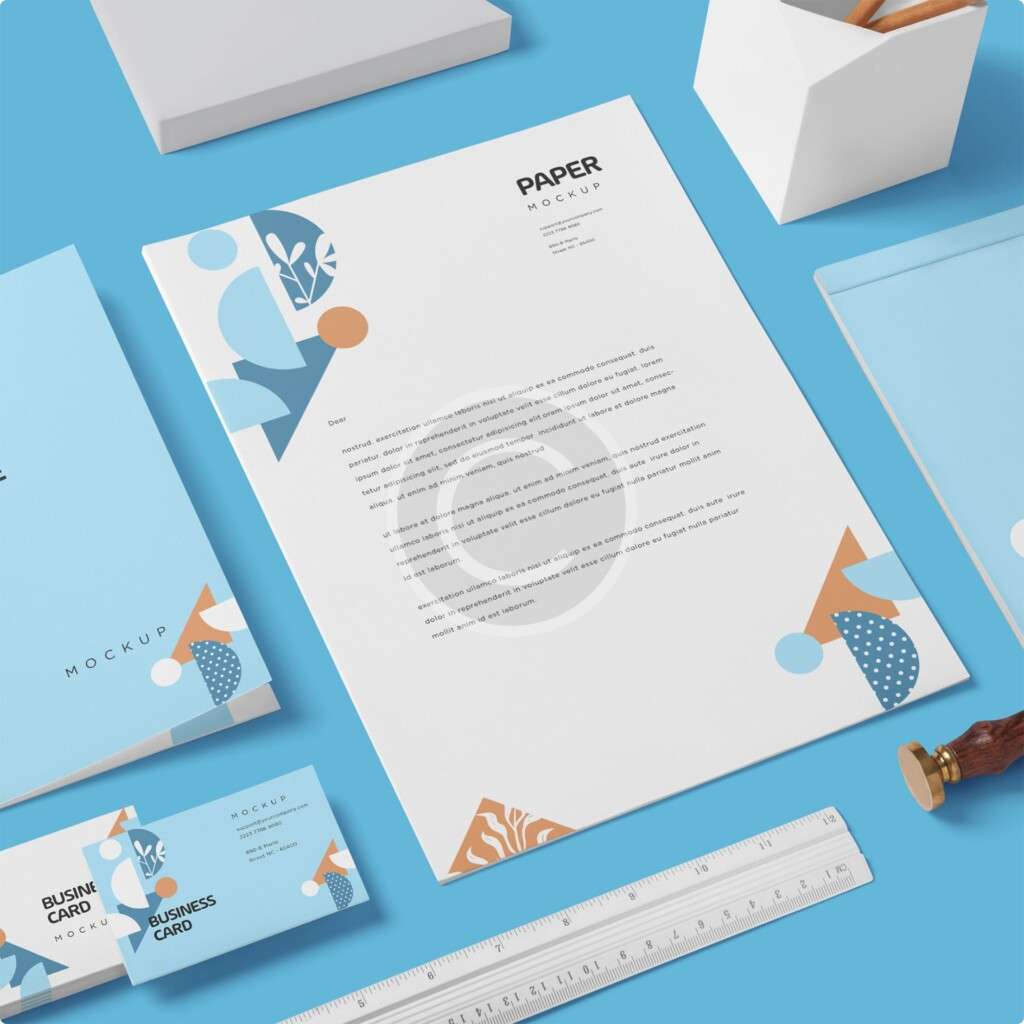Screen printing, also known as silk screening, is a versatile and timeless method of transferring designs onto various surfaces, including textiles like apparel. Over the years, screen printing has evolved into several distinct forms and types, each with its unique characteristics and applications.
Traditional screen printing involves creating a stencil, typically made of a fine mesh screen stretched over a frame. The stencil blocks ink from passing through except in specific areas, allowing the desired design to be transferred onto the substrate below. This technique has been used for centuries and remains popular due to its simplicity and effectiveness.
As technology advanced, so did screen printing techniques. Today, there are various forms of screen printing, including:
- Flatbed Screen Printing: This classic method involves laying the substrate flat and placing the screen directly on top. Ink is then spread over the screen and forced through the stencil onto the surface below. Flatbed printing is ideal for larger, flat items like posters and signs.
- Rotary Screen Printing: In this method, the substrate moves continuously beneath a rotating cylindrical screen. Ink is fed into the interior of the screen and forced through the stencil as it rotates, allowing for high-speed, mass production of printed materials.
- Heat Transfer Printing: This variation of screen printing involves transferring a design from a printed transfer paper onto the substrate using heat and pressure. It’s commonly used for smaller, detailed designs on garments and promotional items.
- Multicolor Screen Printing: By using multiple screens, each with a different stencil, intricate designs with multiple colors can be printed in layers, resulting in vibrant and detailed graphics.


The significance of screen printing in the apparel industry cannot be overstated. It offers unparalleled versatility, allowing for the printing of intricate designs, vibrant colours, and durable finishes on a wide range of fabrics. From t-shirts and hoodies to uniforms and promotional merchandise, screen printing provides a cost-effective and high-quality solution for branding and customization.
What sets each screen printing technique apart is its unique characteristics and applications. For example, flatbed printing is ideal for large-scale production of posters and signage, while rotary printing excels in high-speed, continuous printing of textiles and wallpapers. Heat transfer printing offers the flexibility to produce small batches of custom garments with intricate designs, making it popular for personalized apparel and promotional items.
In conclusion,
screen printing has evolved into a diverse range of techniques, each with its strengths and applications. Its significance in the apparel industry lies in its ability to produce high-quality, customized garments and promotional items efficiently and cost-effectively. Whether it’s a bold graphic tee or a finely detailed logo, screen printing remains a cornerstone of apparel decoration, offering endless possibilities for creative expression

